When hiking, nothing quite matches the feeling of coming upon a lake on or near a trail in the middle of nowhere. Covered in dirt, mosquito bites and sweat, the refreshingly cold water of a mountain lake can provide respite for aching feet and peace for a busy mind.
Luckily for us, the Bighorn National Forest — and in particular, the Cloud Peak Wilderness — provides all we could want in our travels.
Here’s a look at some of our favorite lakes in the Bighorn National Forest, and what they offer.
ADELAIDE LAKE & SHELL LAKE
These lakes did not initially appear on our bucket list of places to visit in the Bighorns, but due to family and life circumstances, our group of four needed a break from backpacking and opted for an “easy” car camping experience one summer. So we traveled up the mountain, on some rough roads nearest Adelaide Lake, and set up camp along the shores.
Immediately, a rainbow rewarded us for the bumpy ride. We quickly unloaded our kayaks and took to the water to soak it all in before we officially set up tents and air mattresses (I told you we took it easy).
While we utilized Adelaide Lake — which was well-suited with multiple campsites — as our base camp, we took day hikes in the area, including one to Shell Lake. The warm day meant we all appreciated light packs that included water, snacks, sunscreen and layers of clothing. As we came over one of the last hills before the lake, we were rewarded with a gorgeous view.
Each of us found ways to occupy ourselves during our lunch break. Some jumped into the cold water, others sketched, took photos or read a book. All of us dipped our toes in the cool water and enjoyed the serenity of the views.
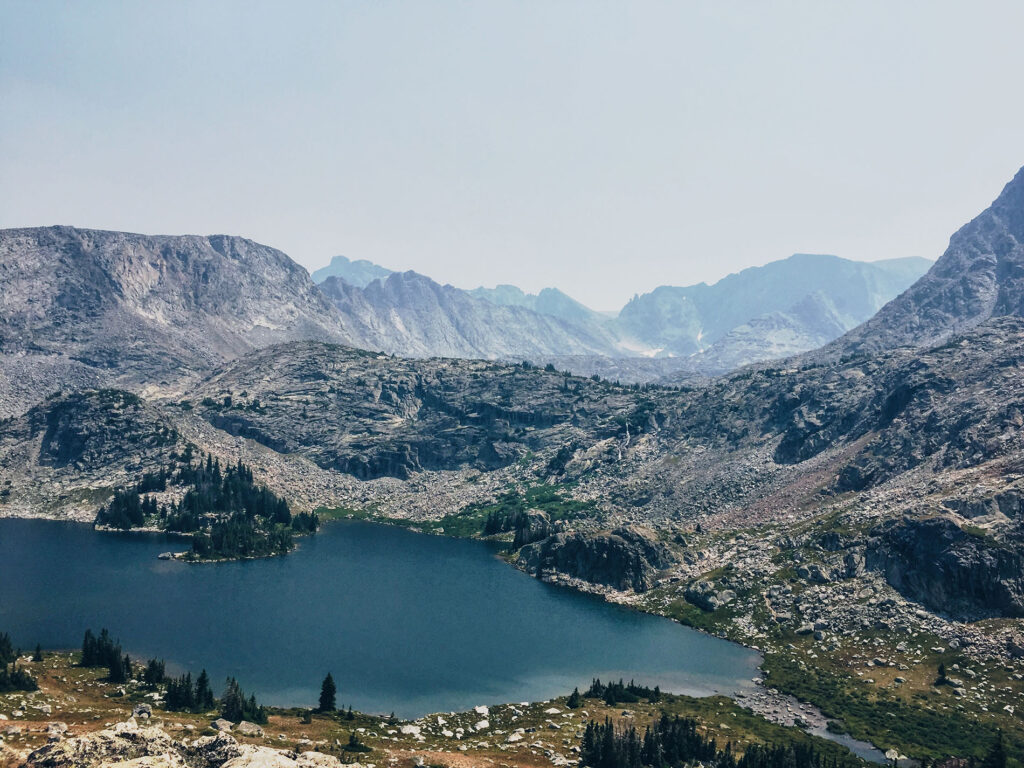
One of Julie’s favs: LAKE ELSA
So many lakes we go to are tightly surrounded by trees. Others are wide open. Lake Elsa is private and tucked away, yet it is expansive. It’s both easy and hard to access… a dichotomy. I just love everything about it. The island in the middle, the size. It is unique in my mind.
LAKES OF THE ROUGH & EMERALD LAKE
When we first started our backpacking adventures, our group set two goals. We knew we wanted to summit Cloud Peak and cross each of the mountain passes. It’s fun to say we’ve accomplished both tasks. In our first year on the trails, we opted to traverse Edelman Pass.
Nestled right in the nook of the pass sits Emerald Lake. We made camp there, planning to explore the Lakes of the Rough nearby before continuing on over the pass and making our way down the mountain. While exposed and chilly as we set up camp that evening, our group enjoyed the wide flat rocks that lined the lake. We took in the views, rested our weary feet and tucked in for the night, waking up to both cloudless skies and blinding sunrises.
Emerald Lake served as the perfect water source for our day hikes, and preparations to make our way downhill.
Plus, a nice little thunderstorm provided some ice (hail) for our whiskey while we played cards in the tent.
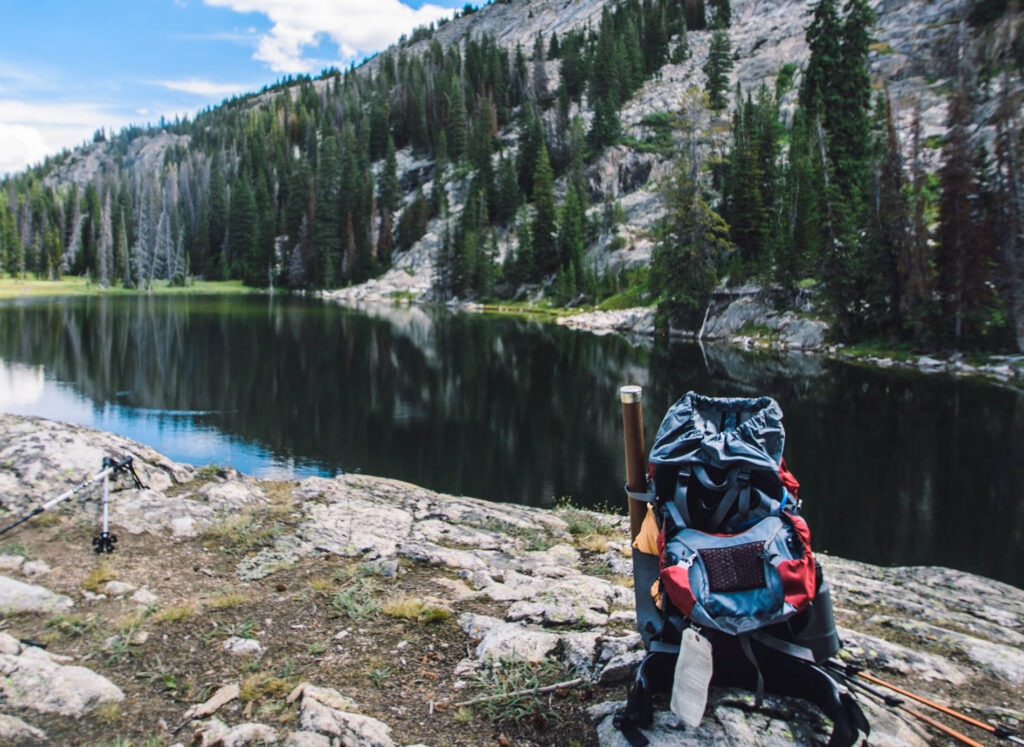
One of Kristen’s favs: DEVILS LAKE
Devils Lake, to me, is a constant reminder of the serenity that comes with trees and water. A photo of this lake has been hanging in my office for years, and as I recently switched careers and have a new office, it intentional that Devils Lake is the photo that moved with me.
SPEAR LAKE
If you picture a mountain lake in your mind, something like Spear Lake likely appears. Spear lake sits in a bowl of the Bighorns, with peaks jutting up around the water. It’s a steep hike in and out, and as one of us found out, is no fun when you’ve injured your ankle.
You can reach Spear Lake from Highland Park. The lake offers awesome fishing opportunities that matched the views. We had the lake to ourselves when we visited, adding serenity and solitude to the experience.
Spear Lake, along with others in the Bighorns, have history within one local family. Willis and Virginia Belle (Benton) Spear — who later founded Spear-O-Wigwam in the Bighorn Mountains — had four children. In 1911, the Spears joined a large pack trip to the Summit of Cloud Peak. The party’s route through the high country went by Dome Lake, Lake Geneva, Lake Solitude and Paint Rock Creek. The Spears’ 15-year-old daughter, Elsa, kept an illustrated diary on the journey and went on to guide guests into the high country in the 1920s and 1930s. According to the Spear-O-Wigwam website, Else Spear (Byron) served on the State Geographical Board that named many of the lakes in the high country and several guests gave her name to Lake Elsa on the west side of Geneva Pass in the Paint Rock watershed. Spear Lake also carries the name of the family.
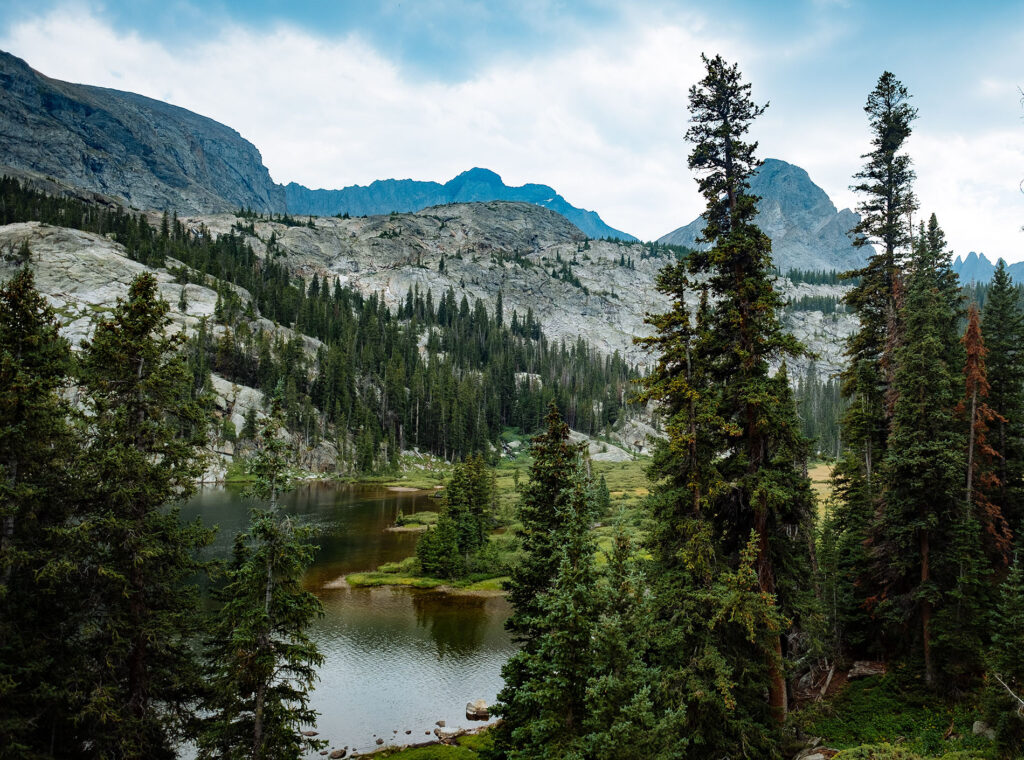
One of Wendy’s favs: SPEAR LAKE
I love this lake because of its remoteness and the approach. So often we access high mountain lakes by trudging up a hill. Spear Lake is situated down in somewhat of a hole, so the trail descends through the trees and Spear unveils its grandeur bit by bit.
MISTY MOON & LAKE SOLITUDE
As one friend remarked, Misty Moon Lake “feels like an old friend.” In many ways, Misty Moon serves as a hub of the Cloud Peak Wilderness. On any given weekend in the summer months, you’ll find tents lining the areas near and around the lake as multiple trails converge there.
Backpackers often camp here on their way to summit Cloud Peak or those along the Solitude Trail, making it a great place to meet fellow outdoor enthusiasts, but less appealing if you’re seeking solitude.
Lake Solitude is similar in that it serves as a landing pad for many hikers in the Cloud Peak Wilderness. Fishing isn’t great, but you’ll still find yourself among friends.
Both lakes, while busy, are also beautiful and must-sees for anyone exploring the Bighorns.
These lakes of the Bighorn Mountains represent just a few of the many in which you may dip your toes — or jump in for a swim, if you’re brave. Some are more remote than others, and all require some grit to get to.
While some lakes are more visited than others, all travelers should remember to follow Leave No Trace Principles. These include planning ahead and preparing; traveling and camping on durable surfaces; disposing of waste properly; leaving what you find; minimizing campfire impacts; respecting wildlife; and being considerate of others.
When near water and in heavily trafficked areas, these principles hold special meaning and help ensure areas remain beautiful and wild for years to come.
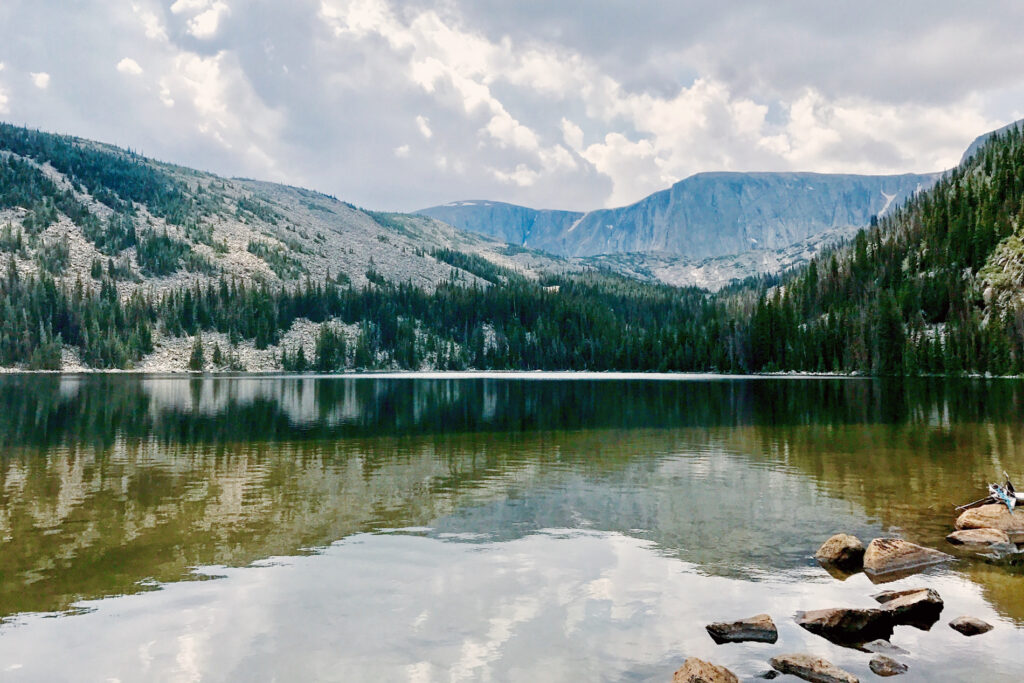
One of Jenae’s favs: SEVEN BROTHERS
Of course I can’t pick one lake. I picked seven. The seven lakes that make up Seven Brothers are the gift that keeps on giving. Each one is unique and the further you go, their awesomeness increases. Rewarded by the views as you continue to the farthest one. They are there each their own and majestic.
For more information on hikes and lakes or rivers in the Bighorn Mountains, check out “Hiking Wyoming’s Cloud Peak Wilderness” by Erik Molvar or stop into one of the offices of the Bighorn National Forest. The offices have maps and people willing to provide guidance for those new to the area.

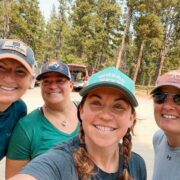
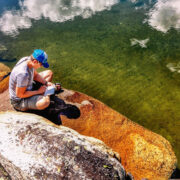


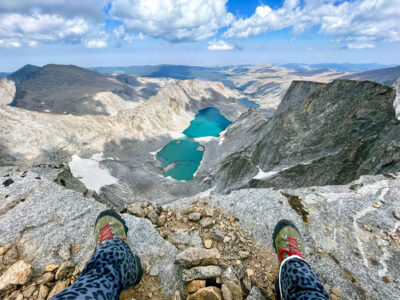
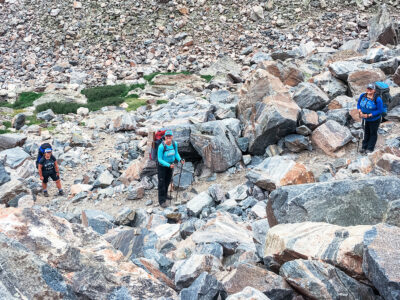
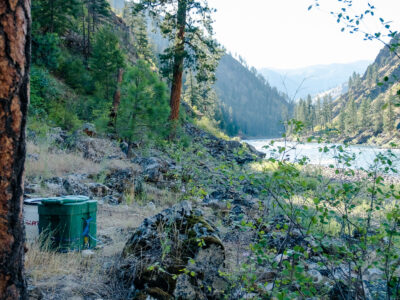


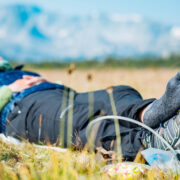

Comments